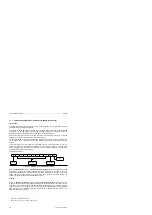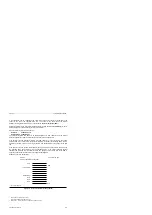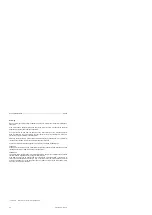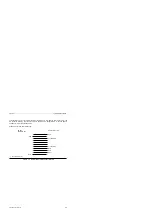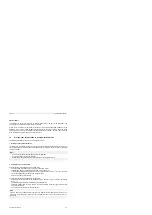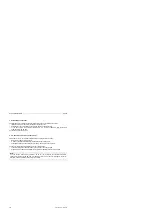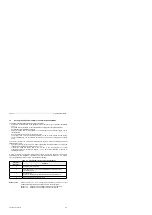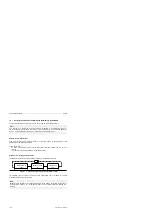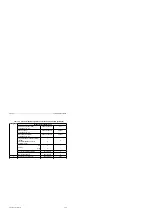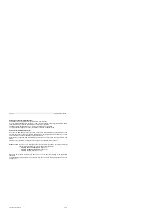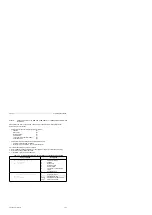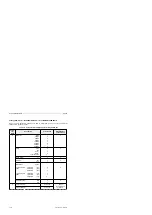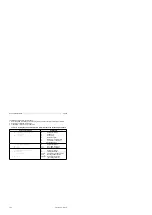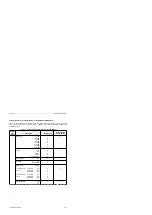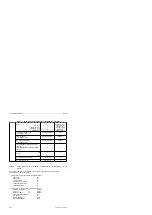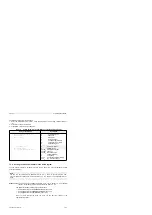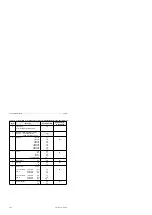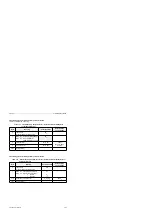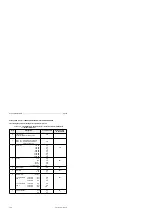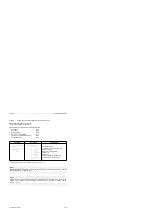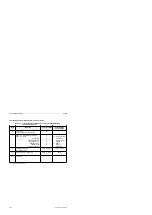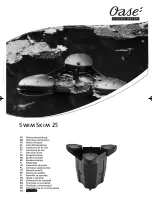
Communications Mode
CP 523
Explanation of data transmission parameters
Baud rate
You have a choice of eight baud rates. The default is 600 baud. If you are using the RS-232-C (V.24)
interface, you must take the load capacitance of cables longer than 15 m/29 ft. into account. If you
operate the CP 523 with the active TTY interface, cable lengths of up to 10 m/330 ft. are possible.
Cable lengths of up to 1000 m/3280 ft. can be implemented using the passive TTY interface.
Longer cables can be used if the baud rate is reduced.
Parity
You have a choice of five types of parity.
•
Even parity
The parity bit is set when the number of data bits with a ”1” value is odd.
•
Odd parity
The parity bit is set when the number of data bits with a ”1” value is even.
•
”Mark”
The parity bit is always "1".
•
”Space”
The parity bit is always "0".
•
No parity check
The signal state of the parity bit is not significant. Parity is not checked when data is received
but is always set to "1" when sending.
The default is even parity.
Interface
You can choose between the RS-232-C (V.24) interface or the TTY interface. (See 2.3 for the
interface characteristics).
The default is the TTY interface.
Data format
Characters are transmitted between the CP and the peripheral device in a 10-bit or 11-bit charac-
ter frame. You can choose between 7 and 8 data bits within the character frame:
10 -bit character frame
•
1 start bit, 7 data bits, 2 stop bits
Data format 3 in parameter block 0
•
1 start bit, 7 data bits, 1 parity bit, 1 stop bit
Data format 4 in parameter block 0
•
1 start bit, 8 data bits, 1 stop bit
Data format 5 in parameter block 0
11-bit character frame
•
1 start bit, 7 data bits, 1 parity bit, 2 stop bits
Data format 0 in parameter block 0
•
1 start bit, 8 data bits, 1 parity bit, 1 stop bit
Data format 1 in parameter block 0
•
1 start bit, 8 data bits, 2 stop bits
Data format 2 in parameter block 0
The default is the 11-bit character frame (1 start bit, 7 data bits, 1 parity bit, 2 stop bits).
7-14
EWA 4NEB 811 6044-02a



